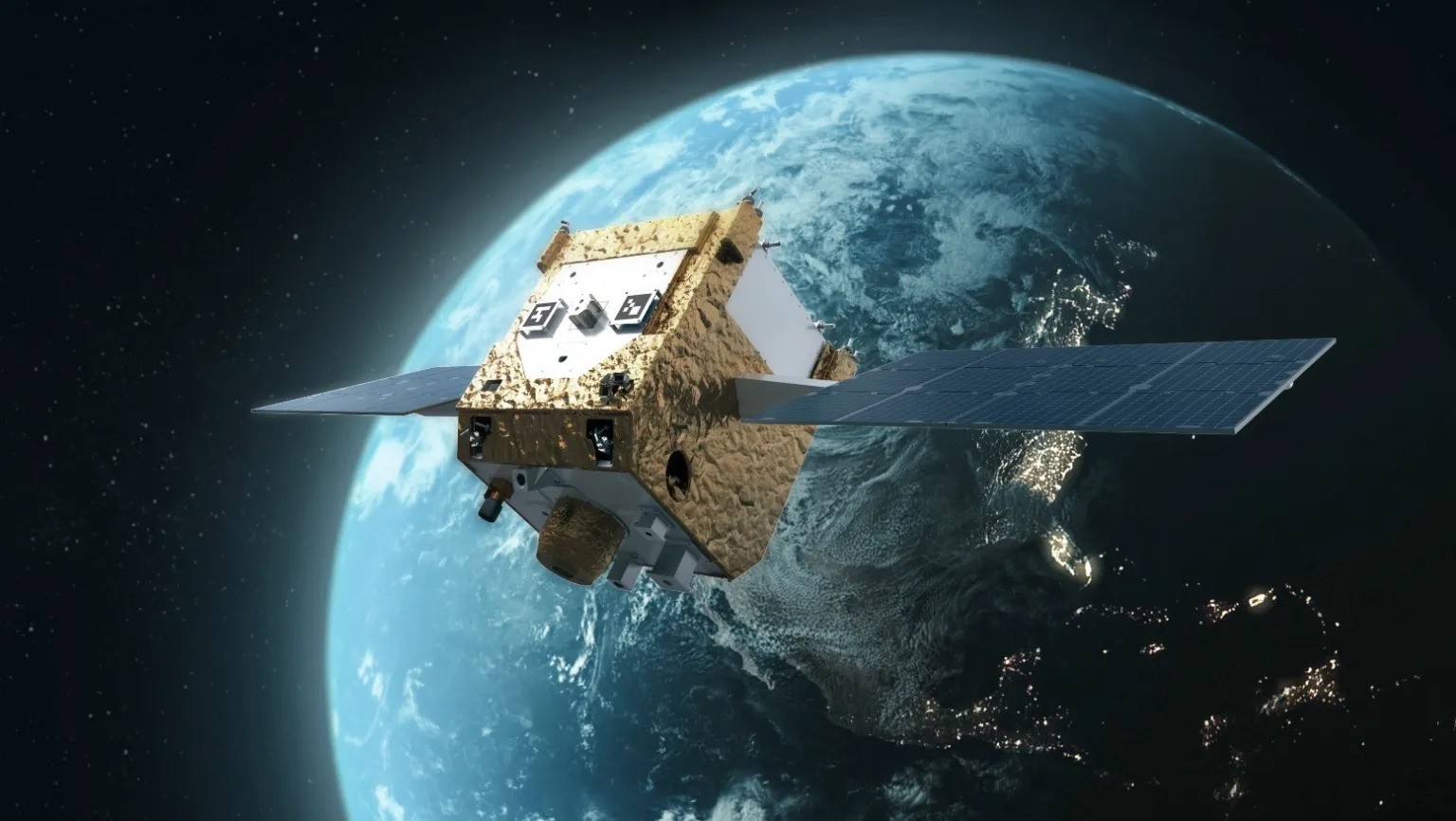In 2026, Astroscale U.S. will launch a mission to orbit Earth to demonstrate spacecraft refueling technology. During it, the refueler should dock twice with two military satellites and extend their life in orbit.

Refueling mission
At the 40th Space Symposium on April 8, Astroscale U.S. announced that its Refueler spacecraft, also known as APS-R, would transfer hydrazine to two U.S. Space Force spacecraft as well as refuel itself using a fuel depot developed by Orbit Fab during the mission.
“This mission is important because it proves something fundamental: logistics operations in orbit are no longer theoretical. They are a reality,” said Clare Martin, executive vice president of Astroscale U.S., at a briefing on the mission.
APS-R Mission Plan
The 300-kilogram APS-R spacecraft is scheduled to launch in the summer of 2026, heading into Earth orbit where it will approach a Space Force satellite. At first, Astroscale didn’t say which one, but later confirmed it was one of two Tetra-5 spacecraft being funded by the Space Force to test refueling technologies. The APS-R will dock with it and transfer hydrazine to it.
After refueling, the APS-R will undock and move away to a safe distance and then use a hyperspectral sensor to observe Tetra-5 to check for leaks. Next, APS-R will approach Orbital Fab’s “depot” spacecraft to refuel and head to a second satellite, whose name has not yet been disclosed, and perform another refueling operation.
Ian Thomas, APS-R program manager at Astroscale U.S., says APS-R will undergo a 45-day verification period after launch, after which it will begin an “event window” for refueling that will last for six months. These refuelings will take place at an altitude of about 400 kilometers above the geostationary orbit belt.
Spacecraft refueling demonstrations
According to Martin, the design life of the APS-R is two to three years. Therefore, once the Astroscale U.S. refueling experiments are completed, Astroscale U.S. will be free to use it for other purposes. “After this initial refueling phase, there are many opportunities for continued operation,” she said.
The refueling demonstration is funded under a $61 million Other Transaction Authority (OTA) agreement with the Space Enterprise Consortium. According to Michael Young, vice president of the consortium, unnecessary bureaucracy will be avoided.
Development of the APS-R began in September 2023 when the U.S. Space Force awarded a contract to Astroscale U.S. to fuel the spacecraft, which included an additional $12 million investment by Astroscale in the project. By that time, the U.S. military had not yet decided if and when the APS-R would fly.
According to spacenews.com


